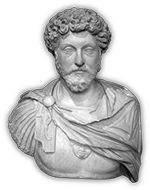

16.01.2016
Автор: Виктор Рудь
Чтобы не нарушить хрупкое знание и понимание сущности КАТАЛОГА, постараемся ничего не переврать с английского на русский.
A Catalog is regarded here as a (representation of) or repository of SID entities. In this case, we assume that the Catalog maintains a set of available types of Digital Service that may be purchased. These Digital Services are manifested as a set of Product Offerings, and when these are delivered to an individual Customer, these then translate into Product instances linked with the relevant instance of the Product Offering. Note that the characteristics of these product offerings may vary — as well as “services” packaged and presented as product offerings, we may find that sometimes “resources” are directly made available as product offerings. Also, it is possible that some combination of product, service and resource components may be bundled and packaged as a product offering.
So the Catalog is a repository containing a single representation of each distinct Product Offering (i.e. type of Digital Service, or related element) that one or more enterprises in the value chain support/provide. These individual representations are modeled from Service Candidates and Resource Candidates. This is a starting point in Catalog definition and a broader view of the Catalog may emerge as the work proceeds.
Note that OASIS defines a Catalog as “a document produced by a party in the procurement chain that describes items and prices” which is consistent with the above.
“SID draws a clear distinction between “Catalog” (which contains class definitions) and “Inventory” (which contains instances of the already fulfilled Products, Services, Resources, etc.).
Ну а это для разрядки → анимированный каталог